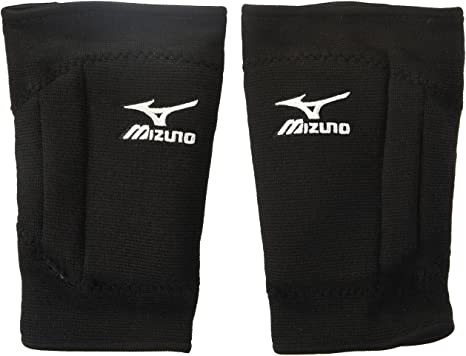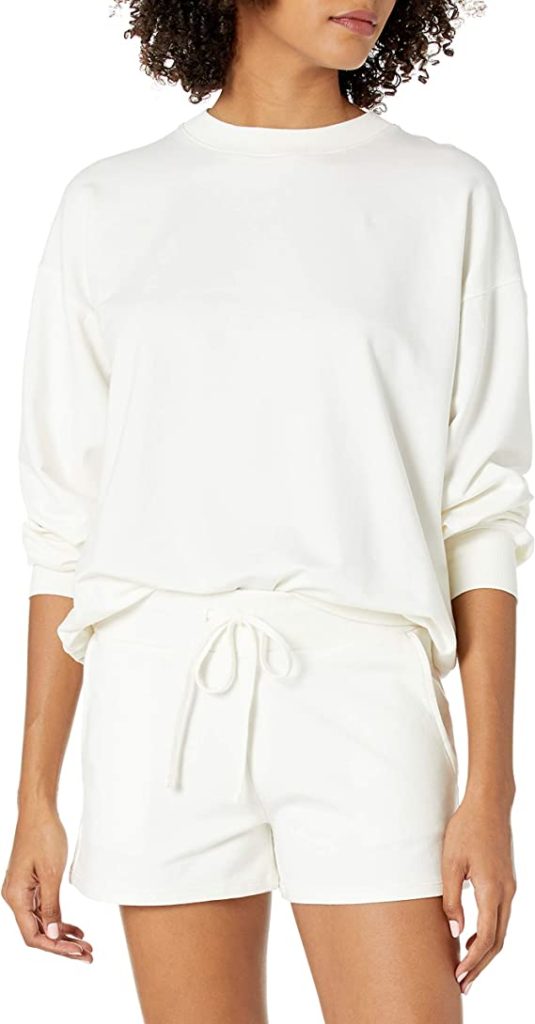Volleyball kneepads are very important to protect your knees and to avoid any injury. Kneepads for volleyball can be found in many different styles, colors, and brands at many sporting goods stores or online retailers. The right knee pads for you will depend on the position that you play on the court. In this blog post we will give a few benefits of volleyball kneepads as well as some tips when choosing a pair of volleyball kneepad.
They come in two main styles: hard or soft. Hard kneepads are typically made of plastic or metal, while soft pads can be made out of neoprene, nylon, rubber, leather, polyester-foam padding or any combination thereof.
A good rule-of-thumb is that if you play on a court that has wood floors with slippery surface like linoleum then it may be best to wear hard kneepads which will provide more stability than softer ones because they have less give when making contact with the floor (less sliding). If you play on a court with cement or asphalt, then softer kneepads will work best as they provide more grip and traction.
Hard pads are often preferred because they offer more protection for the knees, but they can make you feel stiff and inflexible. Soft pads are more flexible, comfortable and light weight which makes them a more popular choice.

Mizuno Youth T10 Plus Volleyball Kneepad
The new Youth T10 Plus Volleyball Kneepad has an updated adjustment construction for a slimmer design. This means that there’s more room on the leg section of the kneepad without making it less protective in key areas. Extra protection points include an enhanced foam to protect you where you need it, rubberized thumb grips on waist strap and Velcro straps – these are thoughtfully designed so they wont’ get wet and give out, unlike traditional neoprene padding.
Benefits of Kneepads for Volleyball
Kneepads for volleyball protect your knees from any injury. The most common injuries are bruises, cuts and scrapes from falls on the court. When wearing a pair of ankle braces with knee pads you will be less likely to get injured by falling on the floor. Some athletes also choose to wear kneepads when they play in cold weather or rain as it can make surfaces slippery.
Volleyball kneepad offer protection against blisters that may form due to friction between skin and equipment like sandpaper during drills or games.
If you have sensitive skin then this is an important benefit of volleyball knee pad since some brands cause irritation after continuous use over time which could lead to rashs, rashes, and skin irritations.
Kneepads for volleyball also offer protection to your knees from the constant rubbing of different surfaces that could lead to knee pain or irritation in some cases. This is especially important if you have arthritis, make frequent moves, jump often during games or drills which can cause a lot of friction on your joints at times.
If you are not yet accustomed to wearing kneepads then it may take time until you get used to them but they will become comfortable after awhile with routine use. It’s advisable that athletes wear their kneepads before practices or games so they won’t be surprised by any discomfort while playing around other people as this can affect concentration and performance skills.
Tips when choosing a volleyball kneepad
When choosing a volleyball knee pad, measure the length of your leg from hip to heel. Also make sure that you wear them high on your thighs so they are protecting both knees (not just one).
Make sure to get close fitting pads for added comfort and protection as loose pads may slide off during play which can lead to some injuries.
You should also make sure that there is good ventilation between the padding and skin while playing in hot weather or if you sweat easily as this will avoid any blisters or rashes due to humidity levels. If possible, try on different pairs before buying since many brands offer free trial periods where customers can return their purchase within 30 days without having to pay for shipping costs or buy the kneepads.


